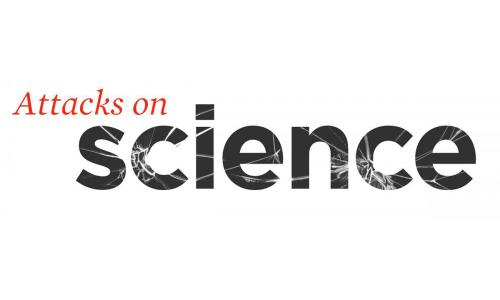After an FDA study revealed that chickens treated with Pfizer’s drug, Roxarsone, had dangerously high levels of arsenic in their bodies, the company colluded with the agency to downplay the risks in its communications.
In 2011, an FDA scientific report found that chickens who had been given the arsenic-based drug roxarsone in their food had elevated levels of inorganic arsenic in their livers compared to a control group. Arsenic in its inorganic form, which can be consumed by eating conventional chicken, is a carcinogen: chronic exposure has been linked to lung, bladder, and skin cancers, as well as heart disease, type 2 diabetes, adverse pregnancy outcomes, and developmental issues.
Alpharma (formerly Pfizer) produced the arsenical animal drug “3-Nitro” or roxarsone, approved in 1944 for use in chickens. By 2000, an estimated 66 percent of broiler chicken producers used roxarsone additives in feed to enhance growth and control coccidiosis, a parasitic disease found in chickens. Its safety was called into question when research showed that the drug metabolized into the more toxic version of arsenic. The FDA began testing the drug’s safety in 2009 and found that levels of inorganic arsenic were higher in chicks treated with roxarsone than in the control group.
Correspondence obtained through a FOIA request by public interest organization Food & Water Watch revealed that as the FDA was writing its 2011 press release announcing its findings, Alpharma convinced the FDA to downplay the results of the study and worked with the agency to craft the messaging of its decision to restrict sales of the drug for poultry feed.
After going back and forth with Pfizer to tone down the headline by removing words like “arsenic” and “cautionary”, William Flynn, deputy director of science policy at FDA’s Center for Veterinary Medicine, told a Pfizer representative, “Just so you know it is extremely unusual (almost never happens) for the agency to engage in the level of discussion we have had to share and obtain input on the specific wording of our planned press materials. So as you can imagine it has been a challenge to keep agency level public affairs people aligned. That being said I intend to continue to do my best to find ways to accommodate concerns of all involved.”
The company also made edits to the agency’s Q&A page about the decision, changing FDA language about a low health risk to “no imminent health risk” and removing language indicating FDA’s “concern” about the drug to downplay the risk.
It took the company until at least 2014 to ensure that roxarsone was no longer on the market and to withdraw its application from the FDA, despite the agency’s knowledge of the drug’s potential public health implications three years before. A 2013 study detected roxarsone in 45 percent of chicken meat samples in amounts two to three times greater than the FDA’s suggested safe level.
Despite knowing the risks of the drug, the company was given the opportunity to protect its own reputation by working with the agency to soften the language regarding the health risks of its product. Corporate interference in the agency’s communications of its scientific research is an unacceptable breach of scientific integrity.




